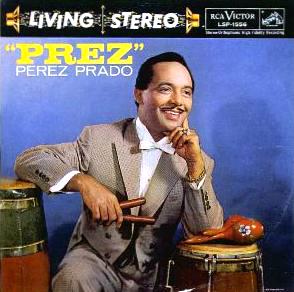Word of the day: compendious : concise, comprehensive; marked by brief expression of a comprehensive matter
Sarah's Key, adapted from the bestselling novel of the same name by Tatiana de Rosnay, is one of the year's best films. Kristin Scott Thomas plays a journalist writing a piece on the Vel' d'Hiv Roundup, in which French police in German-occupied Paris herded up over 13,000 Jewish emigres in the city, along with their French-born children, and shipped them off to Auschwitz. It turns out that Thomas's husband's family moved in to one of the apartments in the Jewish ghetto not longer after the previous Jewish tenants were forced out. Thomas (a spellbinding actress, conveying translucent preoccupation) wants to know what happened to the daughter of the Jewish couple who lived there in 1942, the titular character who hid her brother from the authorities the fateful day of the round-up and never came back for him.
The film glides back and forth, seamlessly, from the scenes of young Sarah's escape from the detention camp and finding shelter with an older couple in a nearby village, to present-day Paris. It's always a risky proposition, to give equal weight to modern goings-on as to the Holocaust, assuming or believing that a modern woman's troubles (a well-off woman, no less) are equally as compelling as of those who experienced bottomless sorrows during World War II, but the filmmakers pulled it off. The film manages to be moving without handwringing, well-shot, and vivid - a wrenching window into a perhaps forgotten bit of history too.
Mark Childress' 2011 novel Georgia Bottoms is one of those novels that you forget four days after reading it. I am a fan of the author - I got a kick out of 2007's One Mississippi and Crazy in Alabama is one of my favorite books - but I found him kind of stuck in blah territory here. A lot of the humor seems recycled from earlier works - the casual racism, the small-town busybodies, the ways in which flighty but headstrong types find themselves questioning themselves within larger social goings-on (in this case, 9-11). He's so easy to read, with such a charming, appealing style, but the plot is underwhelming here. In short, the story centers on the title character, her no-good brother, her African-American son, and her mother, a cranky old racist slipping into senility. I think it might be time for Childress to leave Alabama behind. (Even the African-American dialogue, all the day-ums -instead of damn- was kind of annoying)
The book I'm reading now, Oscar Hijuelos' Pulitzer-Prize winning The Mambo Kings Play Songs of Love, is fantastic - a lush, sexy, intoxicating, knowing look at two Cuban brothers who move to New York in the late 1940s and start a mambo band. What is mambo?
It is an Afro-Cuban mixture, originating in Cuba, inspired by Haitian culture, African folk music, English and French ballroom dancing, and American jazz.
Mambo music is, of course, rhythmic, danceable music, meant for the dance. The mambo dance (nowadays more or less synonymous with the salsa dance) is similar to the rumba dance, maybe a little faster and less sensual. Mambo music made its way from Latin America to the states toward the end of World War II and was popular in Puerto Rican and Cuban communities within large cities like New York. By the 50s, it was hugely popular, almost a craze. Most mambo bands feature a Spanish-singing frontman, and the pitch is almost always feverish and fast. Bands tend to use an amalgamation of Big Band instruments and those found in traditional Latin music forms:
Piano
Aggressive Horn section: saxophones, trombones, trumpets (if no horn section, then there will definitely be a guitar)
Rhythm section: bass, conga drum, timbales
The most famous mambo artist of the 40s and 50s was Perez Prado (above), the Mambo King, a bandleader credited with bringing both the dance and the music to America, commercializing it. Machito was another one, along with Tito Puente, Xavier Cugat, and Chico O'Farrill. Eventually, the mambo craze kind of faded out, morphed into other Latin American dances (cha-cha-cha, etc.). It can still be heard every once in a while today.
Today's bird: Craveri's murrelet. A murrelet is a chunky, diving seabird of the auk family. A Craveri's, like most murrelets, roams the Pacific; it is threatened by tanker traffic and tourism. The murrelet breeds along the southern Califronia coasts, down to Baja. It can be found along rocky cliffs and coastlines. It has black upperparts, white underparts; small and plump like a flying penguin, the Craveri's is a crustacean eater. A terrific flier, the murrelet gives birth to spunky, eager chicks, who race to the water two days after hatching.




No comments:
Post a Comment